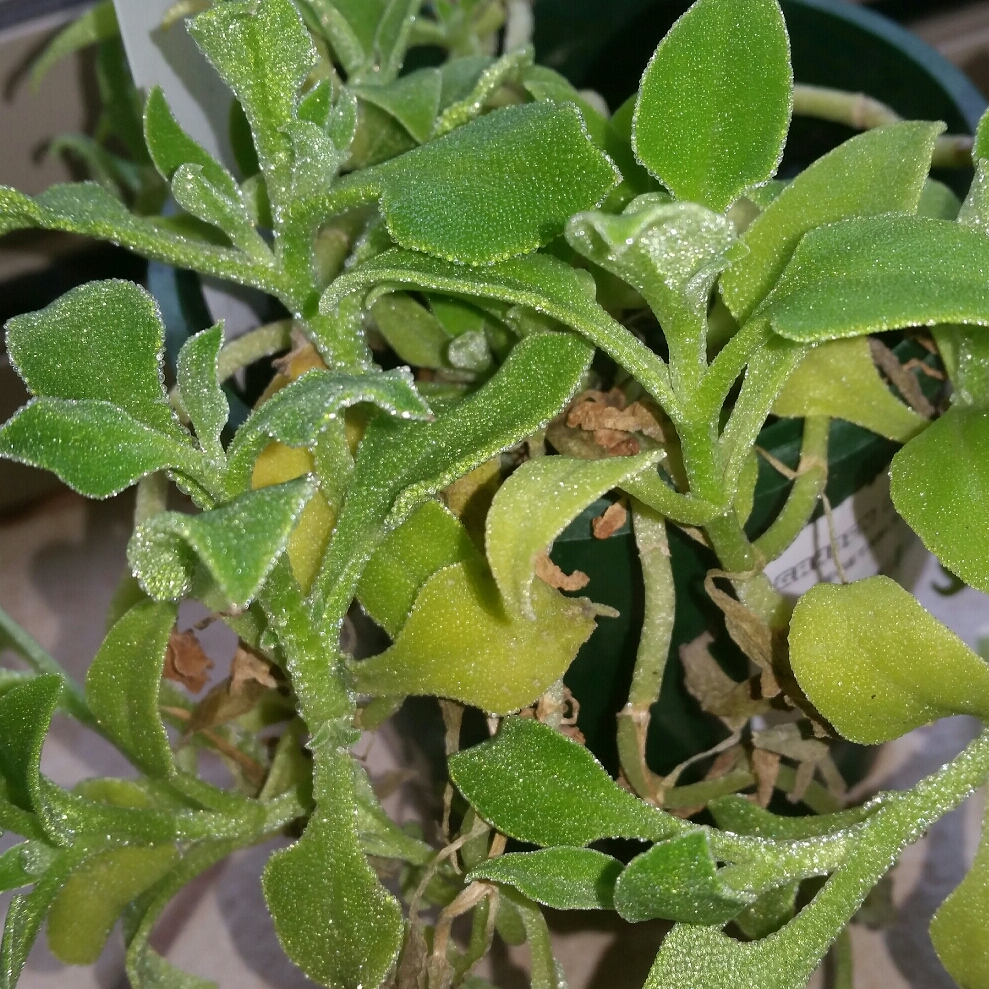
Tetragonia Implexicoma
Bower Spinach
Tetragonia is native to temperate and subtropical regions, mostly in the Southern Hemisphere. It has yellow flowers in late Summer, followed by seeds in Autumn. Drought tolerant, and salt tolerant (so can be grown in coastal areas). It does not grow in shade. 'Bower Spinach' is a trailing plant with succulent leaves and orange-red berries which become near-black when ripe, which were used by Tasmanian Aboriginal people as a dye, and as a sweet food source. The leaves have a similar flavour and texture to spinach, and can be used in the same way
Contributed by @Addict
-
Full sun
-
Very little water
-
Not Frost hardy
-
Free draining
Common name
Bower Spinach
Latin name
Tetragonia Implexicoma
type
Annual or perennial herb
family
Aizoaceae
ph
5.5 - 8.0 Acid - Neutral
Plant & bloom calendar
-
Best time to plant
-
When the plant will bloom
-
When to harvest
full grown dimensions
 1.00 M
0.20 M
1.00 M
0.20 M
Tetragonia Implexicoma
Tetragonia is native to temperate and subtropical regions, mostly in the Southern Hemisphere. It has yellow flowers in late Summer, followed by seeds in Autumn. Drought tolerant, and salt tolerant (so can be grown in coastal areas). It does not grow in shade. 'Bower Spinach' is a trailing plant with succulent leaves and orange-red berries which become near-black when ripe, which were used by Tasmanian Aboriginal people as a dye, and as a sweet food source. The leaves have a similar flavour and texture to spinach, and can be used in the same way
Flowering
From Late Summer TO Early Autumn
Yellow flowers appear in late Summer
Propagating by seed
From Late Spring TO Late Spring
Soaking seed in water for a day prior to sowing will aid germination. Tetragonia is frost sensitive, so delay sowing until after the last Spring frost, and then sow seeds directly in the soil, 8" apart, covering 1/2".
Planting
From Late Spring TO Early Summer
Plant out after all danger of frost has passed. Plant in a sunny position in free-draining soil








